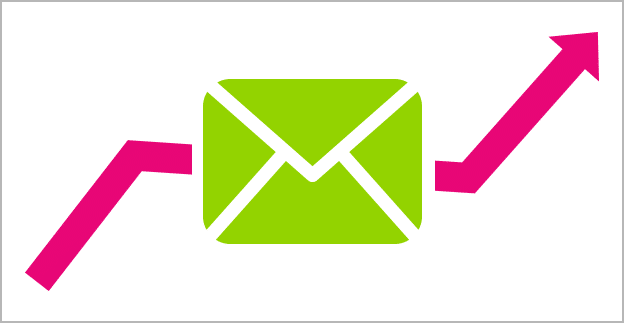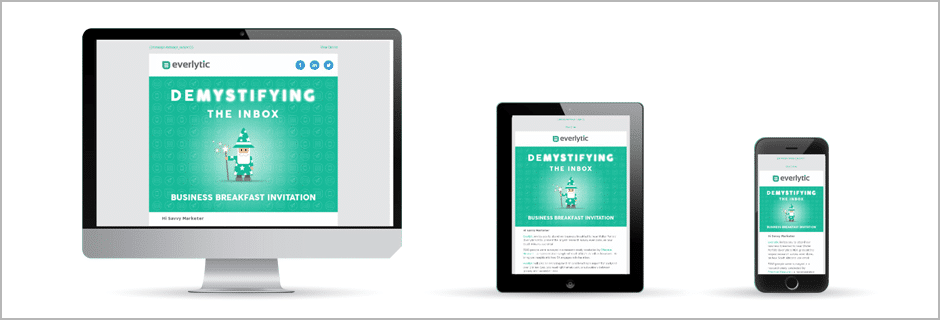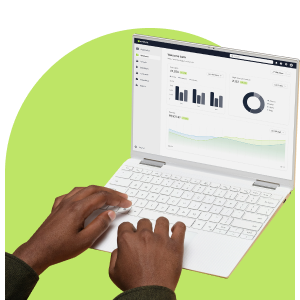Email marketing is a great way to communicate with your audience. And we’re not just saying that because it’s what we do. Email marketing on its own is great: simple, quick, and cost-effective. But once you’ve got your standard mailer down, it’s time to crack open email campaigns.
What, exactly, do we mean by “campaign”?
In this context, we use the word “campaign” to refer to a series of pre-written emails sent to a customer in a specific order. Email campaigns have a wide variety of applications, and the type of campaign you send will depend on the type of engagement you want to create with your contacts.
Some types of campaigns include:
- Top-of-mind campaigns to keep your contacts engaged with your company.
- Educational campaigns to provide useful product information to new and prospective customers.
- Re-engagement campaigns to reconnect with customers who may have stopped using your product or colder sales leads.
- Promotional campaigns to entice existing customers and leads with special offers.
- Training campaigns for new clients, internal staff training, or up-skilling existing team members.
Benefits of Campaigns

- Only build the campaign once—reuse it as long as it’s relevant.
- Runs automatically once set up, saving sales and marketing time.
- Sent to a receptive audience that already shows interest in the company.
- Builds trust with customers through consistent, relevant communication.
- Allows for well-timed content based on user actions or recent purchases.
- More likely to get a response due to focused, interest-based targeting.
How to Create a Successful Campaign

Creating a successful campaign isn’t just drafting a few emails and sending them off. Campaigns require careful planning and coordination, but the return is well worth the effort.
1. Have a Clear Goal
The first step is identifying what success looks like. Is this for nurturing sales leads? Training staff? Your goal shapes your strategy and helps track performance.
2. Segment Your Audience
Improve performance by creating different versions of your campaign for different groups. You can use different signup forms for different audience interests and tailor the content accordingly.
3. Create Really Good Content
Great content builds relationships. Make it relevant, concise, and add some personality. If you miss this step, people may unsubscribe or ignore your messages.
4. Set Timing and Frequency
Frequency depends on the campaign type. Often, starting with frequent messages and tapering off works best. Use analytics to find the best times and days to send.
5. Measure Your Metrics
Measure open rates, click-through rates, and site traffic. Track performance and compare against your KPIs to ensure your campaign is achieving its goal.
6. Ongoing Optimisation
Don’t stop once it’s live. Use your performance data to refine and optimise the campaign continuously so it performs better over time.



